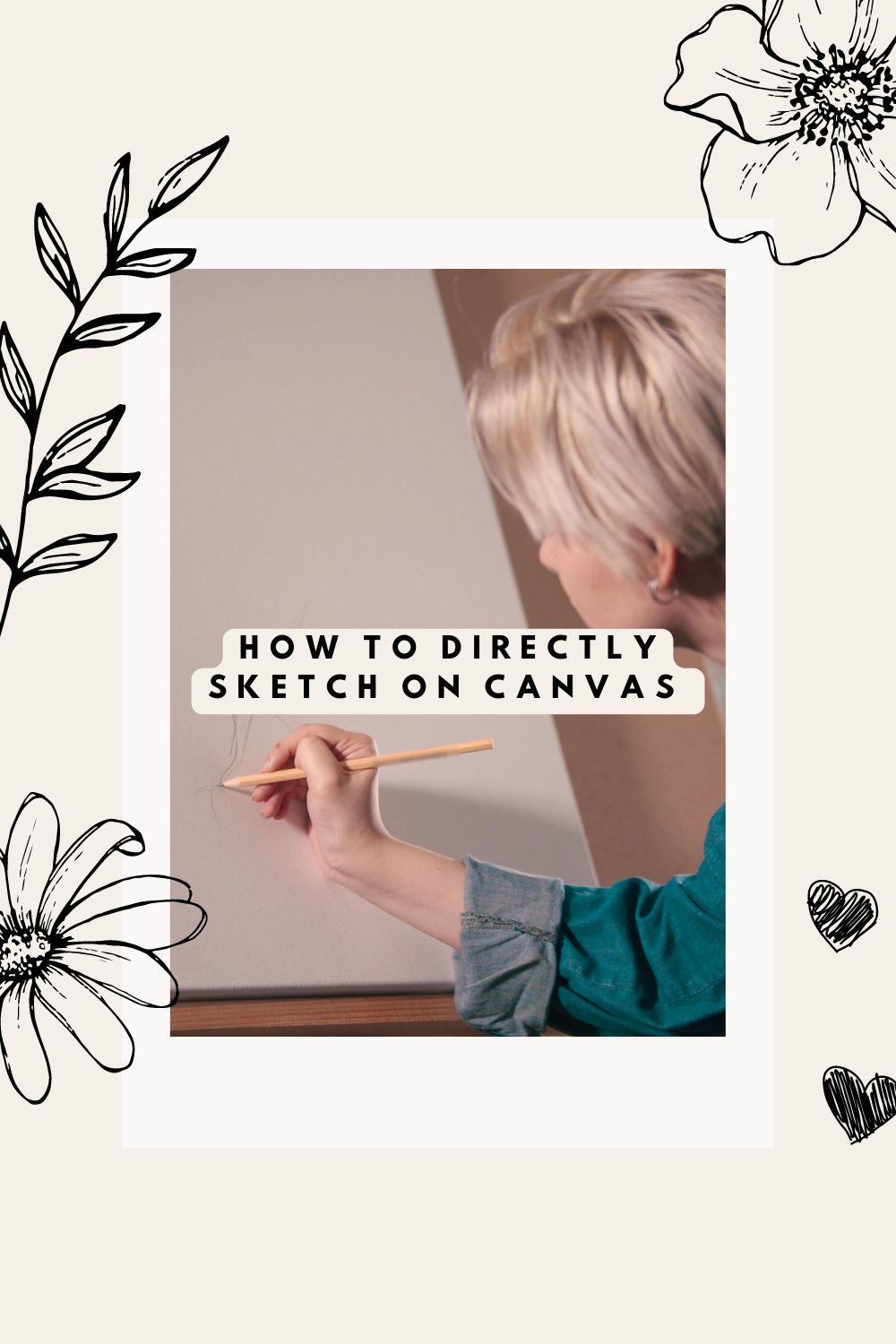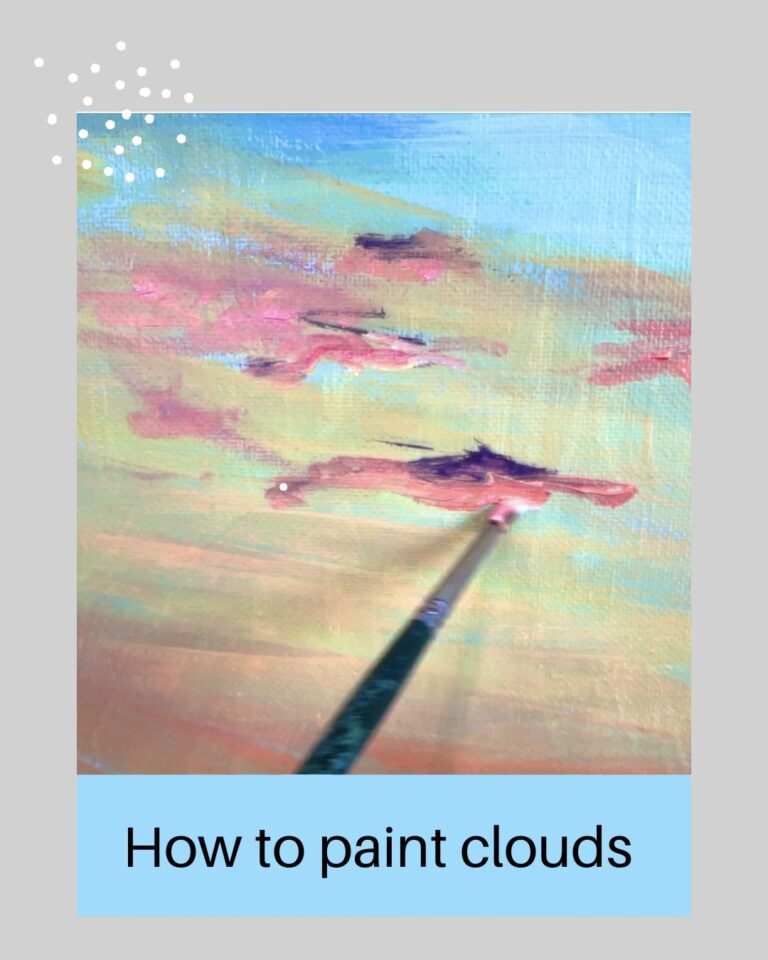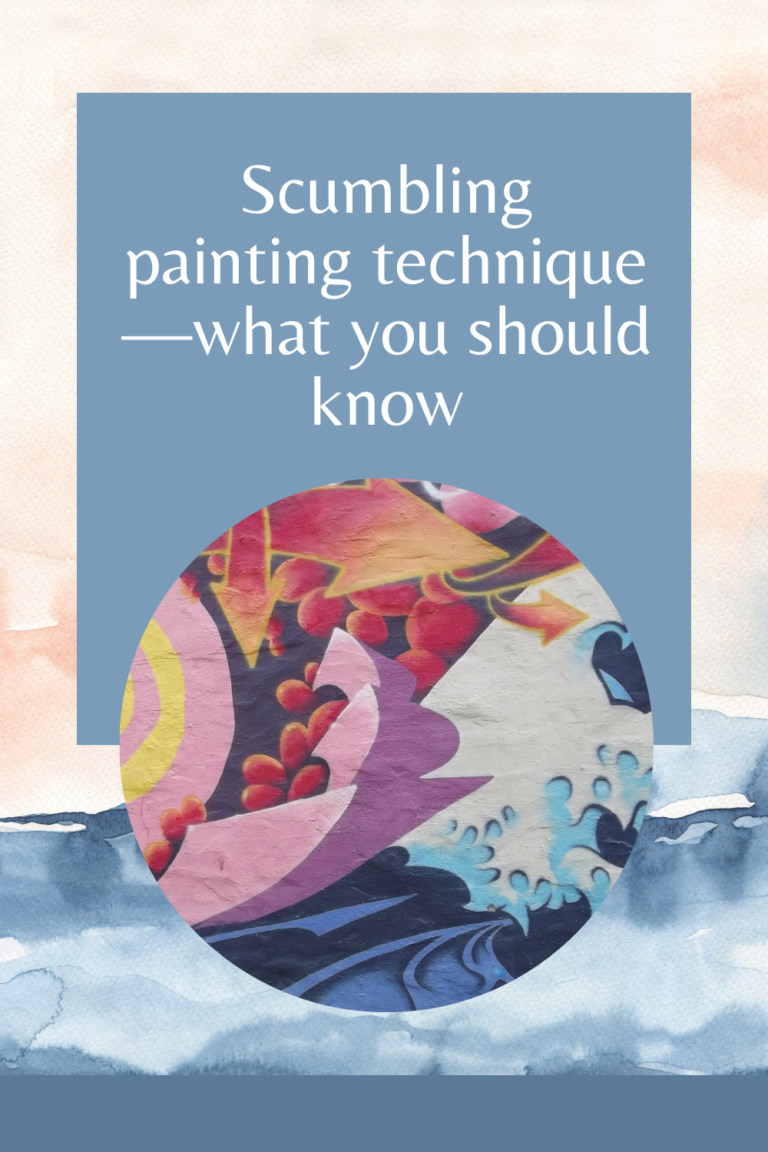It saves so much time!
As a portrait artist, I faithfully followed my teachers’ instruction: do a complete pencil or charcoal drawing on paper first, then transfer the drawing onto canvas, then paint.
But ever since I discovered that you could directly sketch on canvas, my painting life has been so much easier!
There are only three steps:
1: Priming the canvas with gesso. It helps achieve an even texture and enhances the durability of the artwork.
2: Use a graphite pencil or charcoal directly sketch on canvas. I like to use charcoal because pencil marks are more challenging to see on a canvas than on paper. Also, I can smudge charcoal to make different shades instantly. See my before and after photos of my newest painting at the end of this post.
You can do a full-value range drawing or simply do an outline. But you must take time to ensure the drawing is correct because you skipped the drawing on paper stage. Below is a drawing I directly sketched on canvas.
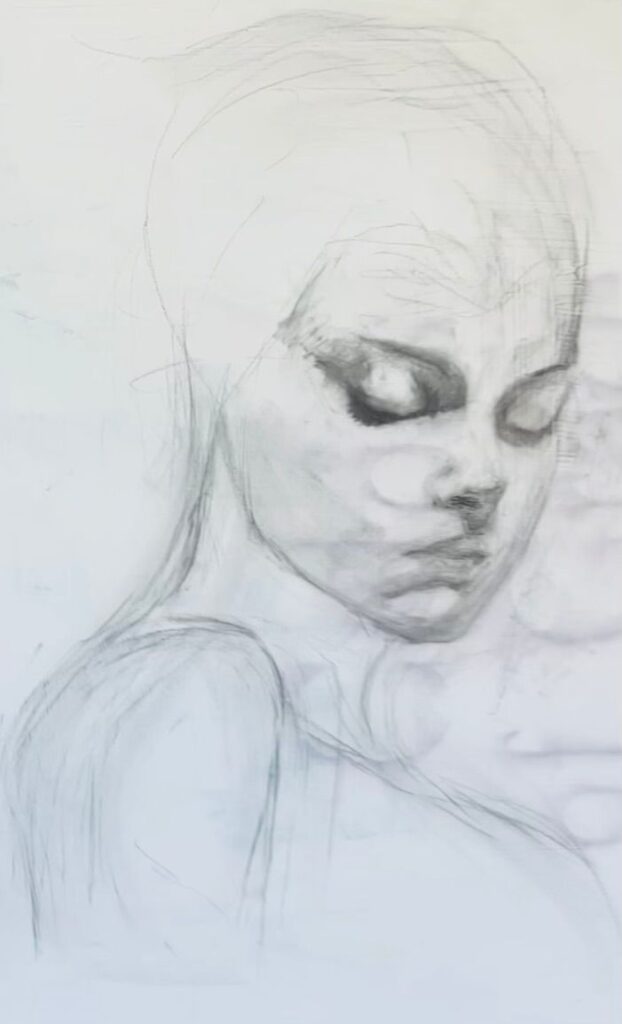
3: After you are totally satisfied with your drawing, use a spray sealer to protect your drawing, so it won’t get smudged when you paint over it.
You must take your painting outside for the spray, and hold your breath when you spray.
How to spray: seal the can first, then spray circular motions about two to four inches from the canvas.
After that, I will leave the canvas outside to dry for about 30 minutes.
This approach allows for preserving initial sketch details while adding richness and depth by applying oil paints.
Of course, regular practice of drawing is important. This post is meant to give you another option when you paint under time constrain or want to explore a new method.
Below is the final painting from the drawing on canvas.
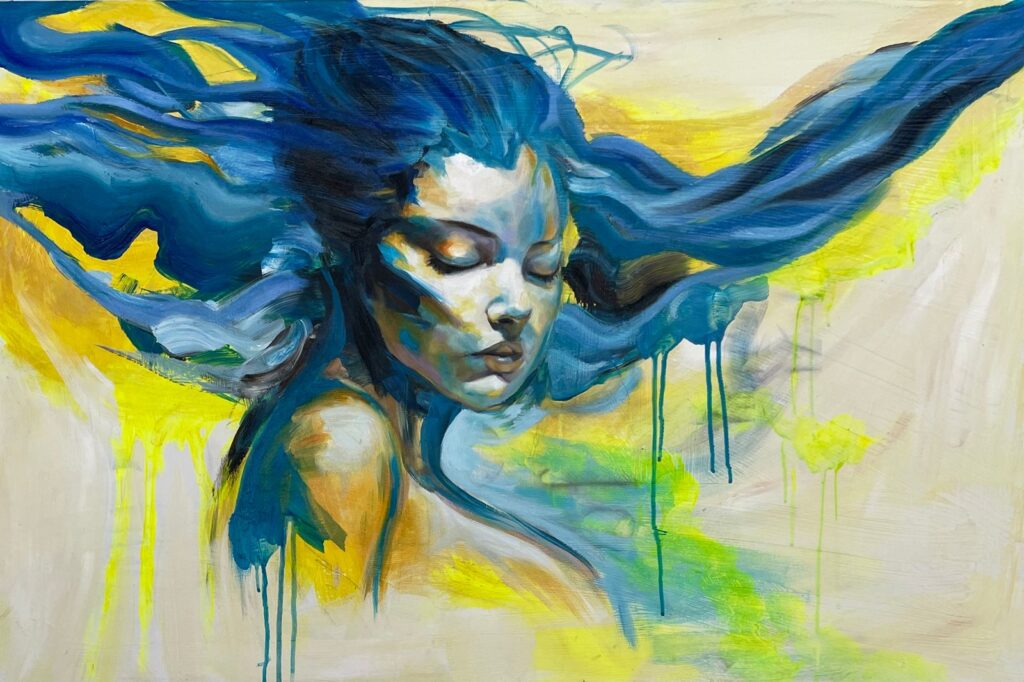
I hope this post is helpful!
Cheering you on!
Ying

